Highlights:
- Refined, salivating, thick, rich, sweet, clean
- Splash on the palate, goes down the throat smoothly
- Deeply calming and comfortable Qi
- Natural stored taiwanese oolong, feels like drinking very old sheng puerh (well fermented but clean storage)
- We have both rock-solid provenance and a detailed guide on how you can verify yourself this is genuine 1950s tea
I’ve been asking to buy this tea for years and I finally got Mr Ho to agree to sell me some! Mr Ho is also the source for the 1970s Wild Old tree sheng puerh we offered in 2023 which was unanimously recognised to be 1970s-or-earlier tea (example quote from puerh.blog: “Definitely a completely different experience than the other “70s Sheng ” – here I truly believe the tea is as old as claimed!”). He is also the source for our best reviewed tea of all times (2011/2016 Gold Mark Gua Feng Zhai).
This is a fantastic 1950s aged tea with everything you’d want in such old tea: super refined, extremely comfortable Qi, can be steeped for a very long time and you’ll get an amazingly intense but not harsh cup. Sweet, strong aftertaste, decent durability also and the price for a verified 50s tea of this calibre is ‘deal of a lifetime’ level, it’s not an exaggeration to say tea with this taste can be sold for over $100/gram (more commonly for $10-$30/gram). I have tried many examples of both types and this is why I’ve been insisting to wish to buy this tea from Mr Ho for a long time and I was overjoyed when he kindly agreed and gave me a price just slightly higher than he paid himself 15+ years ago (!) when people didn’t recognise the value of this type of tea as well as today.
1) In the two videos inside the “How to identify fake and genuine old tea” blog post I discuss at length how you can verify yourself that this is indeed genuine 1950s tea. First video here, you can go to the blog post for the second one:
2) This is the full provenance on this batch of tea, here is as described by Mr Ho (emphasis is mine):
This tea was grown in the northern part of Taiwan, in the Taoyuan Daxi area. In 1899, the Japanese Mitsui & Co. established tea plantations in Taiwan, and in 1926 (the 15th year of the Republic of China), they built a new mechanical tea factory in the Daxi region, known as the Jiao Ban Mountain Factory. In 1946 (the 35th year of the Republic of China), it was renamed the “Daxi Tea Factory.” The factory initially focused on producing green tea and oolong tea, but as the demand for black tea grew, it started exporting under the “Nitto Black Tea” brand. Due to large production volumes and prolonged machine operation, a fire occurred in 1956 (the 45th year of the Republic of China), possibly caused by improper machine handling, which destroyed the factory.
At the time, this batch of tea was for export to Japan. After the fire, all the remaining tea was stored in a warehouse, and the factory was rebuilt, eventually becoming the Daxi Old Tea Factory. Over time, this batch of tea was forgotten deep within the warehouse.
This tea was discovered around 2008 when the then-director of the Daxi Old Tea Factory was preparing for retirement. He knew about this forgotten batch of old tea in the warehouse and, as part of his retirement, organized an auction for the old tea. He privately collaborated with several tea merchants to bid on the tea, and since most Taiwanese people were relatively conservative about old tea at the time, they acquired it at a relatively low price. One of the tea merchants in the original auction was the same one I bought this tea from.
From the leaves, one can observe the characteristics of oolong tea, with the traditional long, twisted shape, unlike the later shrimp-shaped or ball-shaped rolling styles. Due to being natural storage in the tea factory warehouse, this tea has a similar feeling to the fermentation of Pu-erh tea, giving the tea broth a deep color and a flavor reminiscent of grass jelly tea.
– Mr Ho
25g (~0.88 ounces), 75g (~2.64 ounces), 300g (~0.66 pounds), 600g (~1.32 pounds) bags.
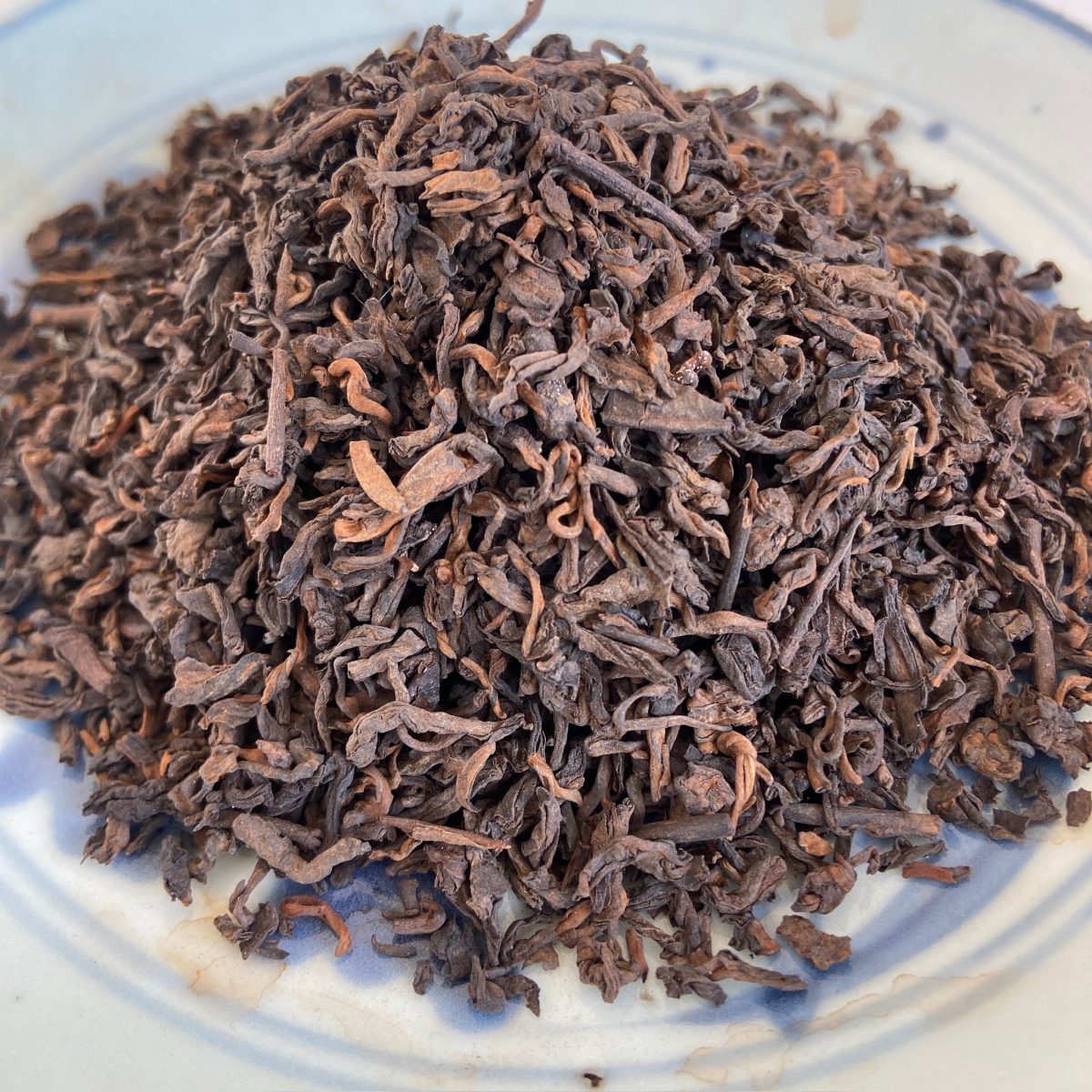
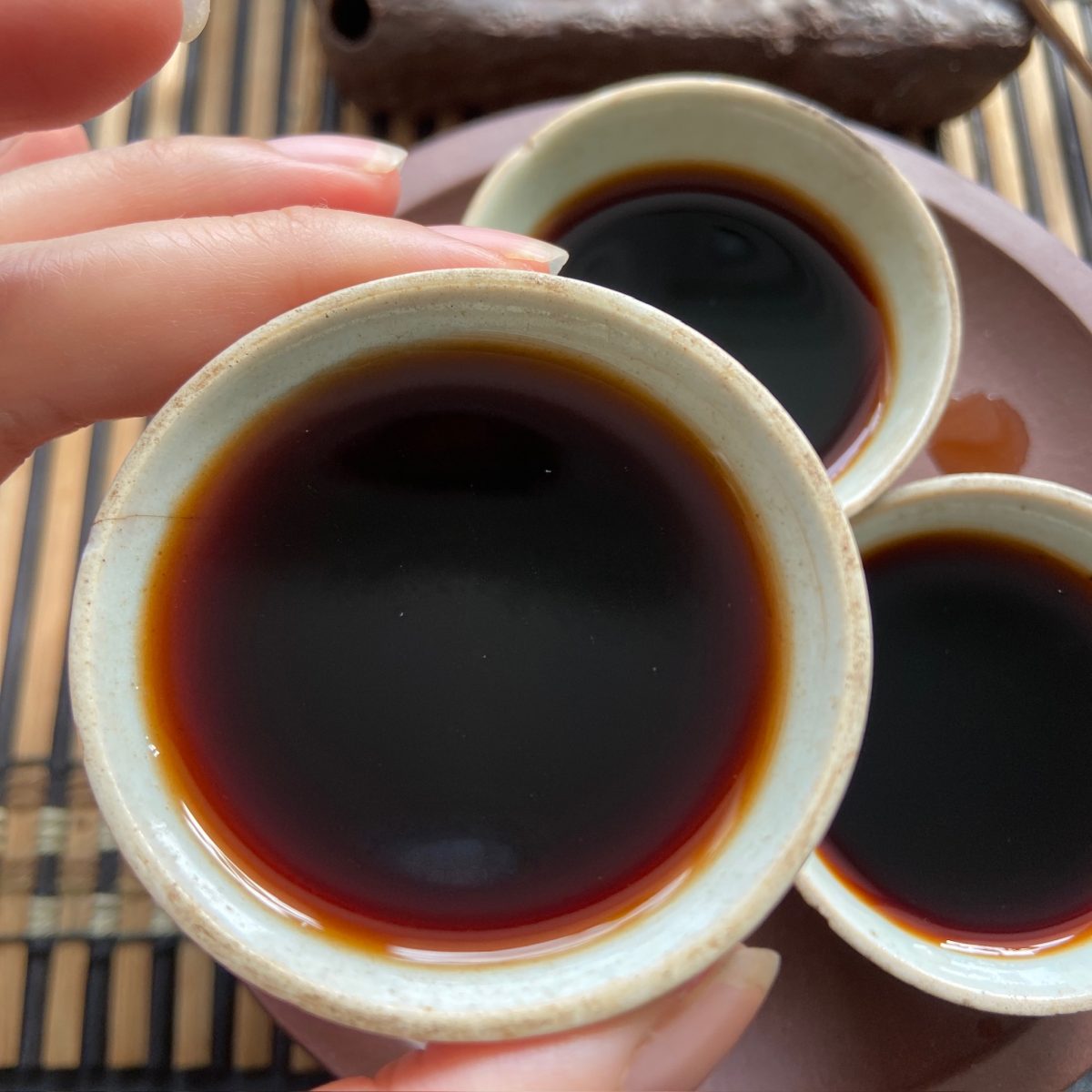
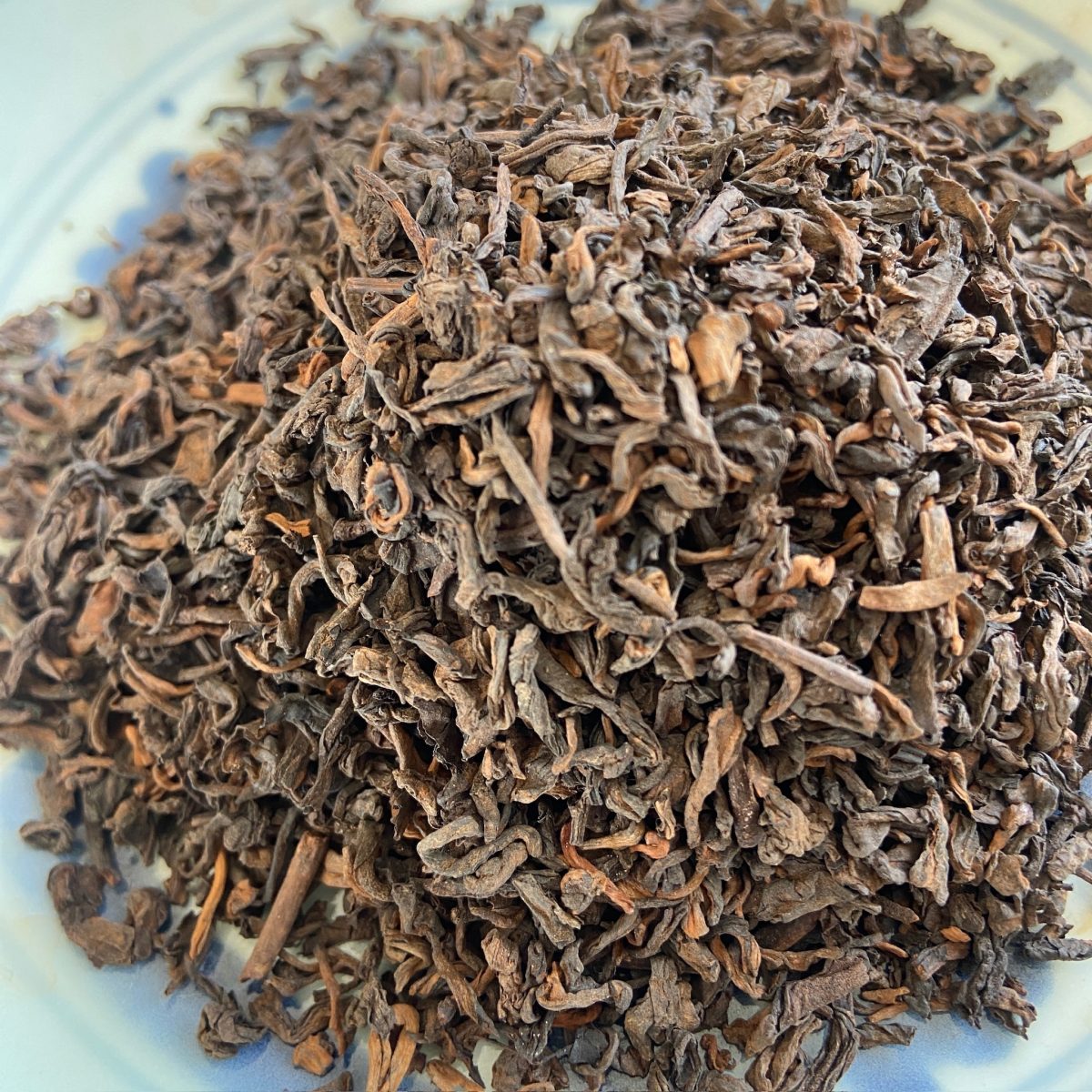
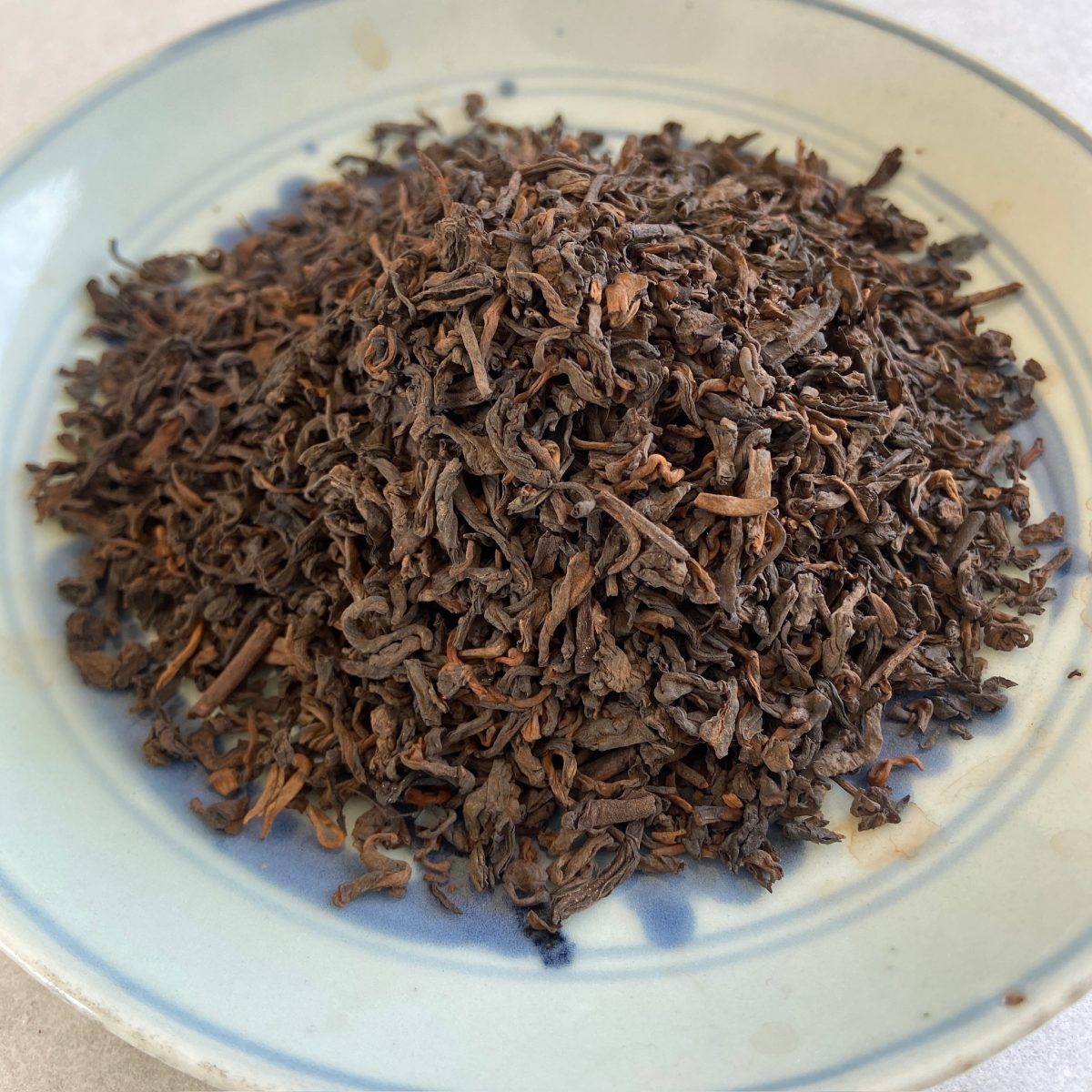
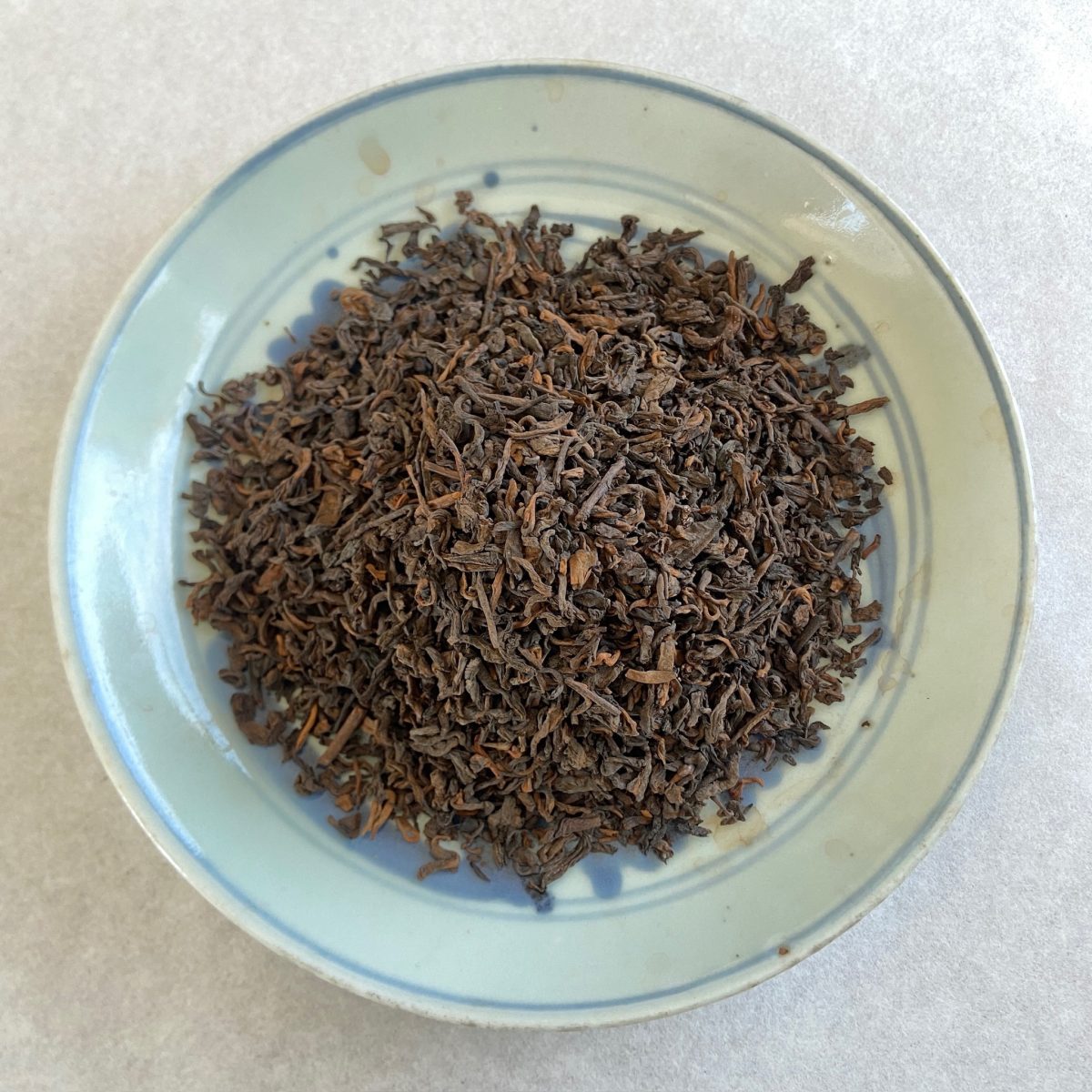
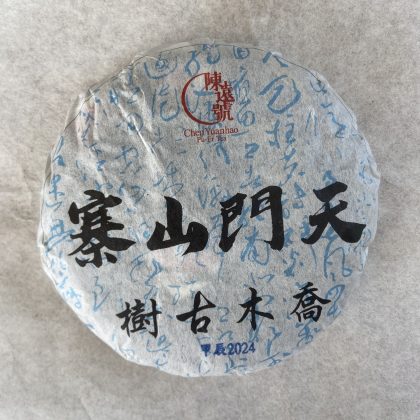
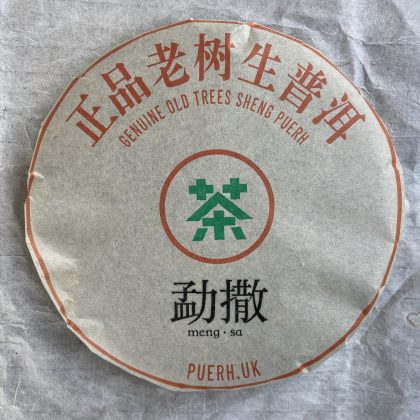

Les Quitzau (verified owner) –
Upon first opening the bag what first caught my attention was how clean the tea smelled. Especially for it’s age .
My first session was brewed as I usually do … approx 6 Grams /100 ml. It was amazing…. , dark, smooth , lovely mouth feel, lingering aftertaste flowing down the back of throat effortlessly with no btterness or astringency whatsoever, no matter how long I brewed it.
As suggested by Paulo ,,, my second session was with 50% more tea than usual and brewed it 3 to 5 times longer than usual. This tea has nothing to hide …. the brews were darker and deeper, never entering the bitter or astringent realm. I tried brewing it lighter and that revealed it’s younger days ,,, a nice sweet, complex and rich aged traditional Oolong. You can brew this tea however you like … as it seems to reveal the many stages and wisdom of its long history…. right to the last faint brews, perhaps bringing us to its younger days.